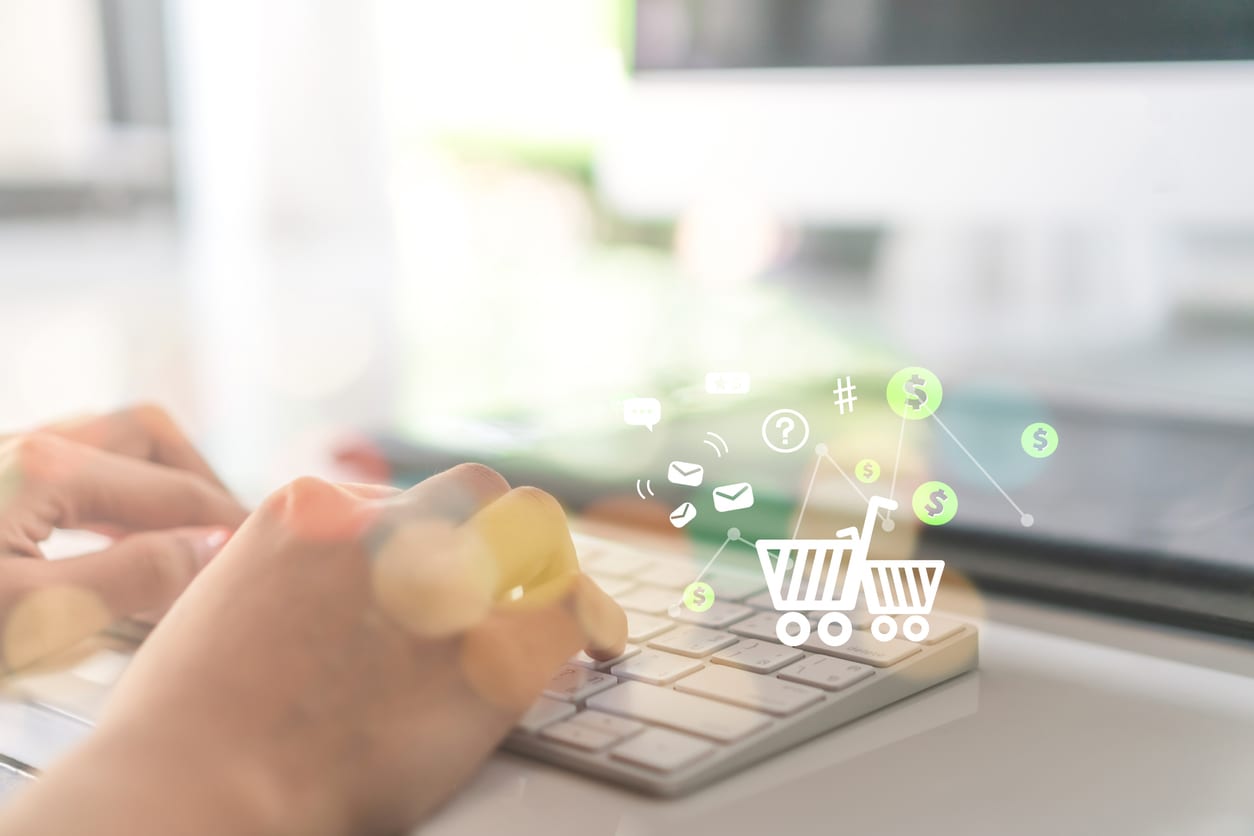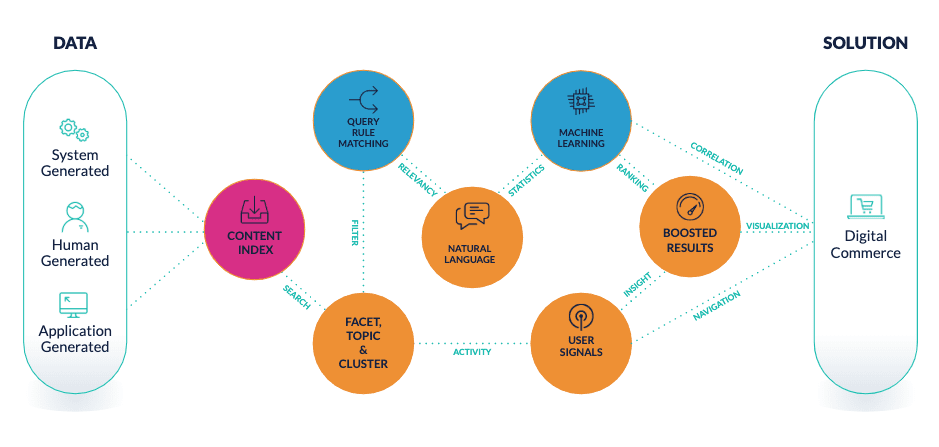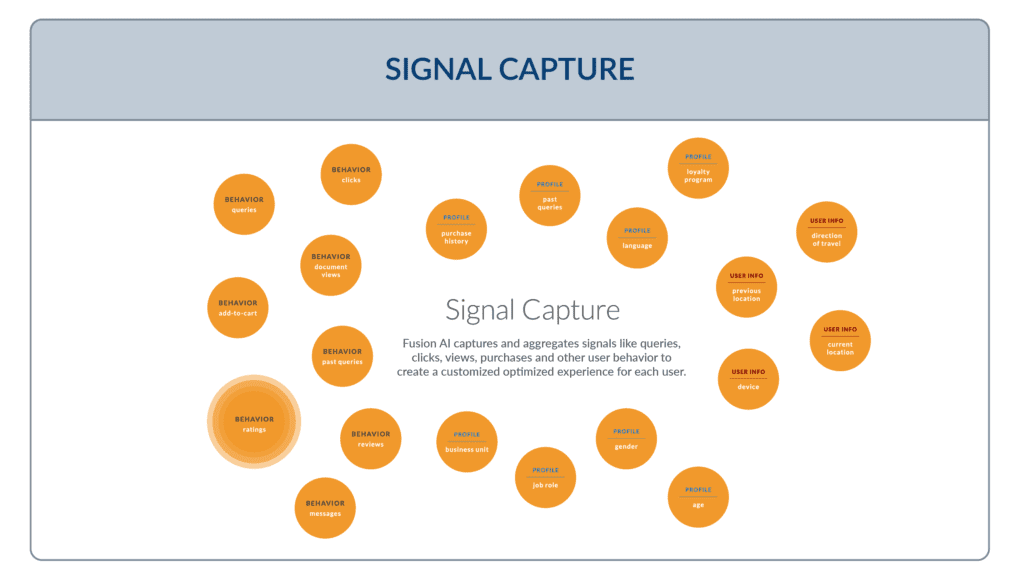
“Most companies aren’t good at personalization,” admits Richard Isaac, digital commerce guru and CEO of RealDecoy, a valued Lucidworks partner.
He should know. In his two decades at the helm of RealDecoy he has helped household brands like American Greetings, Coach, Land’s End, and Office Depot, as well as B2B organizations like Honeywell, Sysco Foods, and Acklands Grainger streamline the customer experience, driving conversions.
After being behind the curtains of so many — his team came up with the Personalization Maturity Pyramid. A five-part phasing of where a company might be in their journey. And by the way, it’s easy to think of personalization as merely an online endeavor. But Isaac is adamant that all customer touchpoints should be considered. How personalized can you be in-store, online, on the phone — or wherever else your brand may be?
In a recent webinar Isaac joined me to walk our listeners through the levels. And while the conversation skews online — we also touched upon all channels.
One thing to be clear, personalization does not mean just simply having the customer’s name at the top of the website, or recognizing them as a customer on the phone (I’m speaking to you, United). Just because you can pull that off does not scale you to the top of the pyramid.
So here goes.
No Personalization

This is the generic, I-have-never-heard-of-you-before UX reminiscent of websites in 1996.
‘Nuff said.
Localization

Okay, we still don’t know who you are — but we can tell you are from Phoenix, London, or say, Tokyo. And maybe as a result of that, we can offer information in your language, the proper currency symbol, or products that are important to your market (e.g. not promoting a winter jacket in Phoenix, nor a football jersey in Tokyo).
Persona-Based Segmentation

Personas are those fictional characters that represent key buyer-types to your organization. We envision “who” they are, what they will buy, their price-points, and what their drivers to buying are.
Marketers and merchandisers do gymnastics trying to anticipate the multiple personas that they will deal with and create tons of rules to meet their customers’ needs — in vein. There is rudimentary automation — but its fueled by all those rules.
The result? A great blob of generic spaghetti built upon thousands and thousands of merchandising rules — that need to be updated. Constantly. (Feel the pain yet?). No doubt these organizations are spending money — to acquire customers and hire folks to do the gymnastics. But customers aren’t feeling anything other than greeting card platitudes — so they are they sticking or they going?
My personal feeling is that the idea of personas is perfect for product development — but is now outdated for selling. People want to be a cohort of one.
Personalization

This stage offers an advanced segmentation. We know who the customer is — we have information from their login, we have figured out their purchase patterns and may even have some social data. (Careful on the social data, intones Isaac. “People can find that creepy.”
This segment is using predictive analytics and query matching — but offline. All of these efforts then drive — more rules. But the result is much more customized including relevant recommendations.
And here’s a pro tip from Isaac: “People are most likely to re-order — between when the first order was placed — and before that shipment has arrived.”
(You can make another rule.)
Individualization or Hyper-Personalization

The capstone is individualization. While Isaac uses Individualization (with an s because he is Canadian) here at Lucidworks we call it Hyper-personalization. Potayto-Potahto. They mean the same thing. This is where you finally dump thousands of rules — and keep the ones the merchandisers want to establish them as the taste-makers.
This stage leverages not only predictive analytics — but machine learning, signals, natural language processing. All of this feeds search results.

If you are not familiar with signals, this chart offers some of the types of signals that can feed your algorithms.

This is the stage that 51% of customers want, according to Salesforce, and ostensibly, those are just the potential clients who understand all the benefits that personalization offers.
Opening with options relevant to your audience’s expectations gets their attention immediately, encouraging them to stay and spend more time on your site, says Isaac. “You want to narrow and prioritize options so they can search or scroll and find everything they need more easily, without help.”
Millennials in particular love self-service, he adds.
And the big surprise? Isaac told us that Individualization or hyper-personalization may be even more crucial in B2B. “They’ve authenticated, so you know who they are, you know their intent, now make the experience frictionless,” he states. “Loyalty in B2B is based on ease of transaction.
He did offer some solace if you happen to be huddling near the base. “About 70% of B2B e-commerce sites are in the bottom two layers.” So you do have time to get it together.
Start With Search
So where do you start if you want to soar to the top of the pyramid?
Well, take guidance from your customers. Thirty percent of visitors will start with search, says Isaac — who is a veritable stat machine. And 80 percent of those people will abandon the site entirely if the search experience is not what they expect. That’s 24% of website visitors. If you’re spending a million dollars to drive eyeballs to your site, that’s $240,000 dollars you’re losing.
In general, the search box is the most important thing driving conversion rates, Isaac insists. “Companies don’t believe me, then they look at their metrics and see that this is the case,” says Isaac. Everything is driven through a findability view. If you don’t leverage the search box you’re leaving a lot on the table.
50% of buyers in B2B rate search experience the #1 factor in conversion.
Yet, Isaac says, “I recently read that 42% of companies have no one in charge of internal website search!”
It was a fun conversation — with lots more, you can listen to the full webinar here.
Then subscribe to our blog to stay on the cutting edge of AI, digital optimization, automated chats and so much more.
Read More
Best of the Month. Straight to Your Inbox!
Dive into the best content with our monthly Roundup Newsletter!
Each month, we handpick the top stories, insights, and updates to keep you in the know.